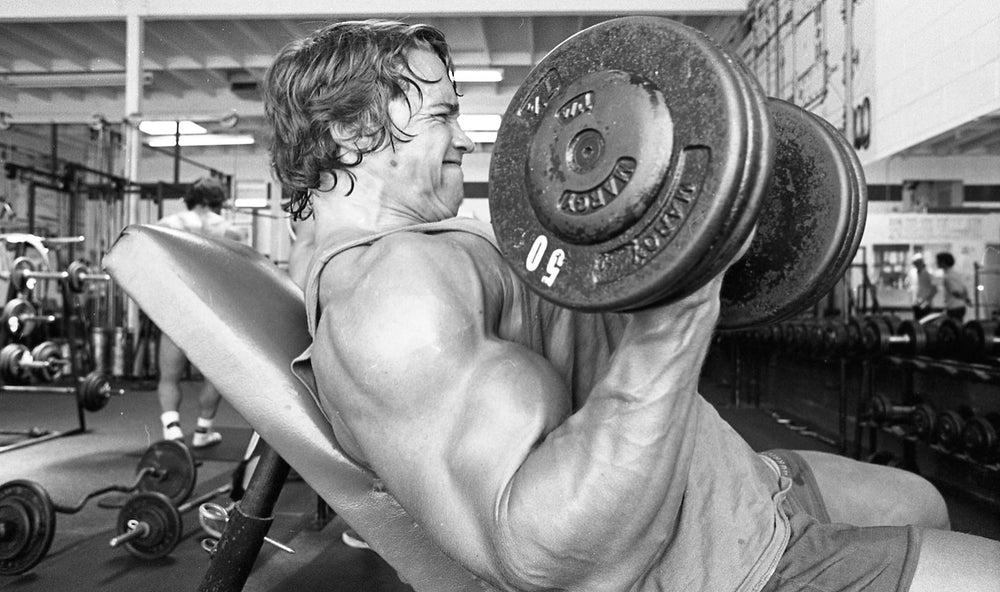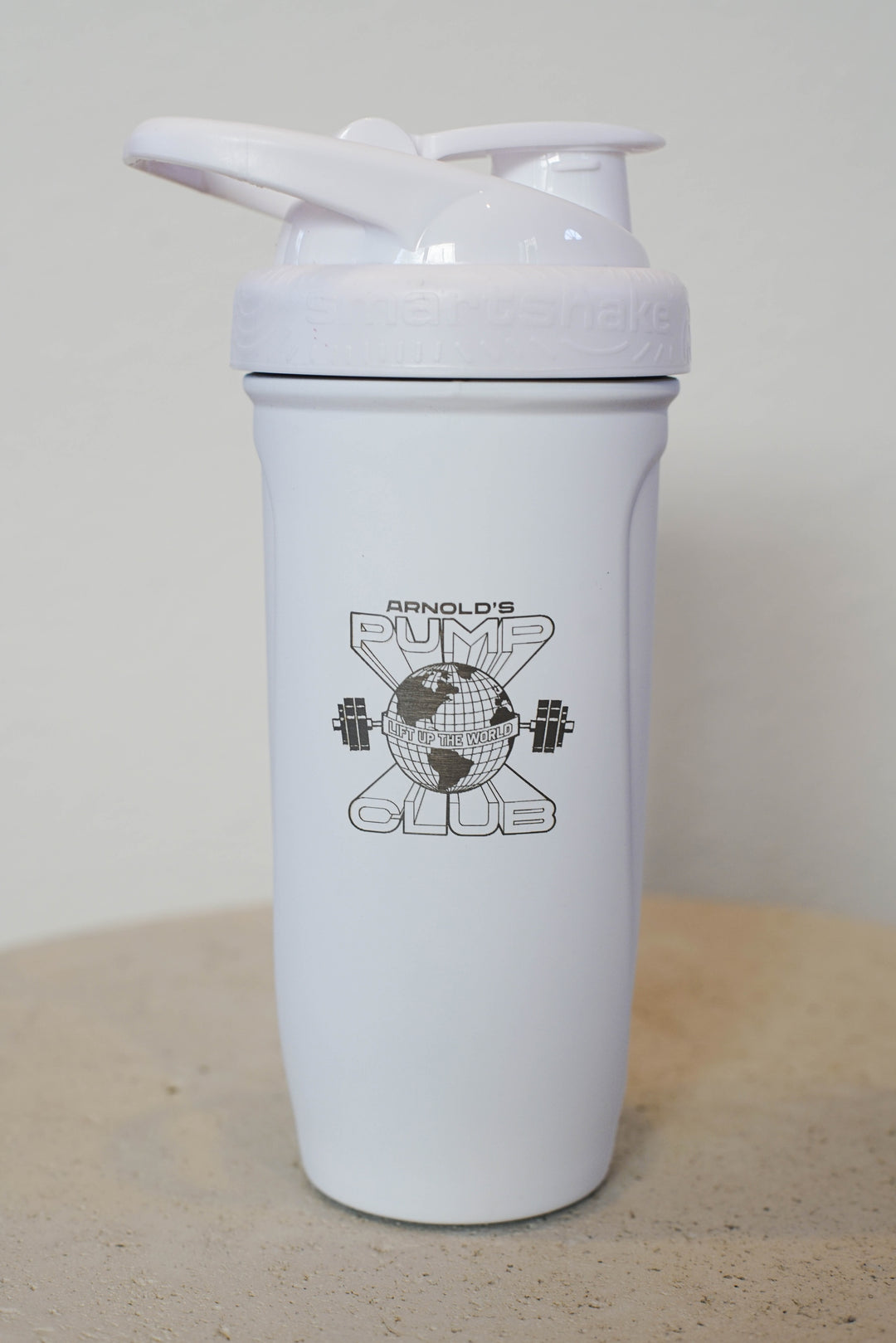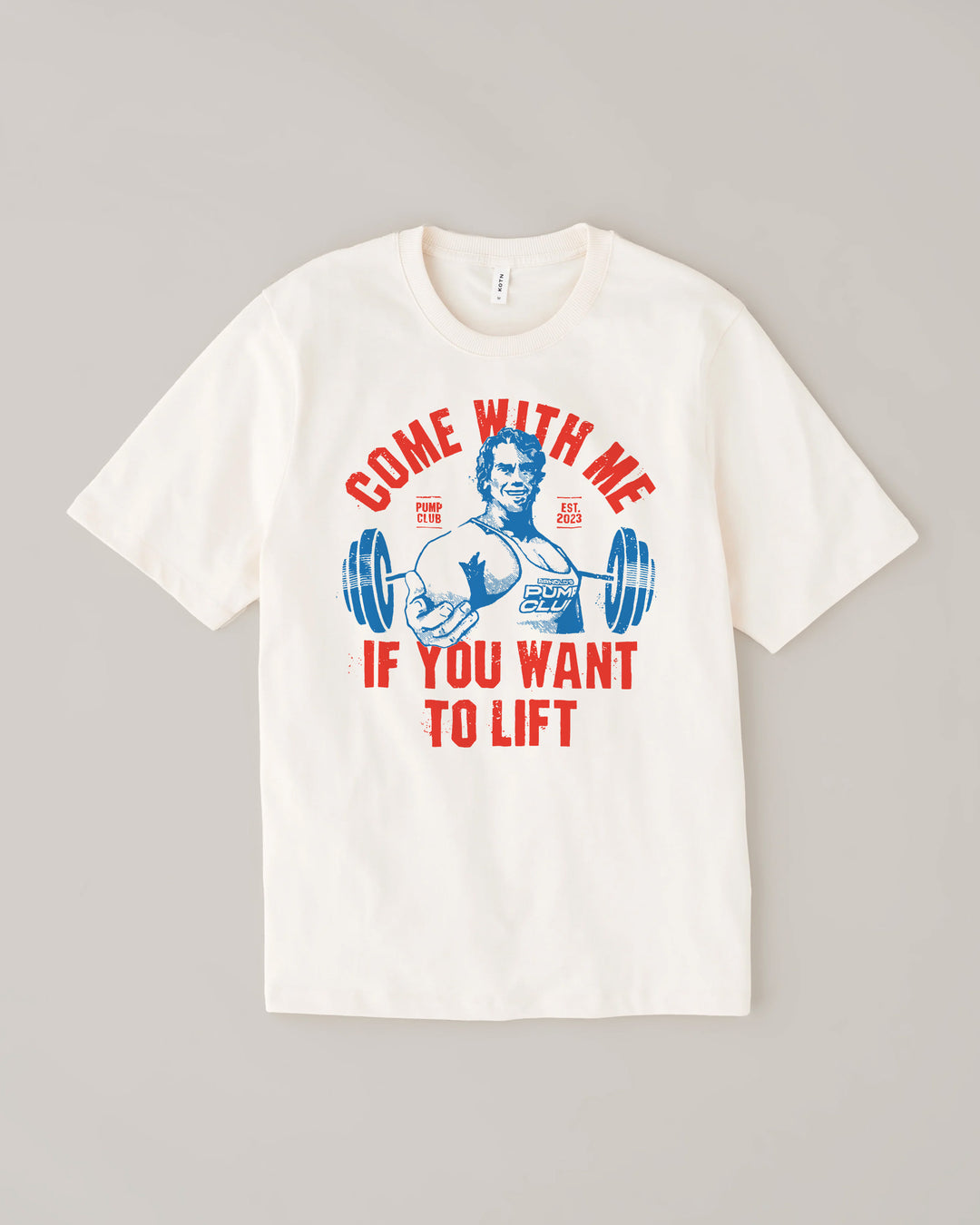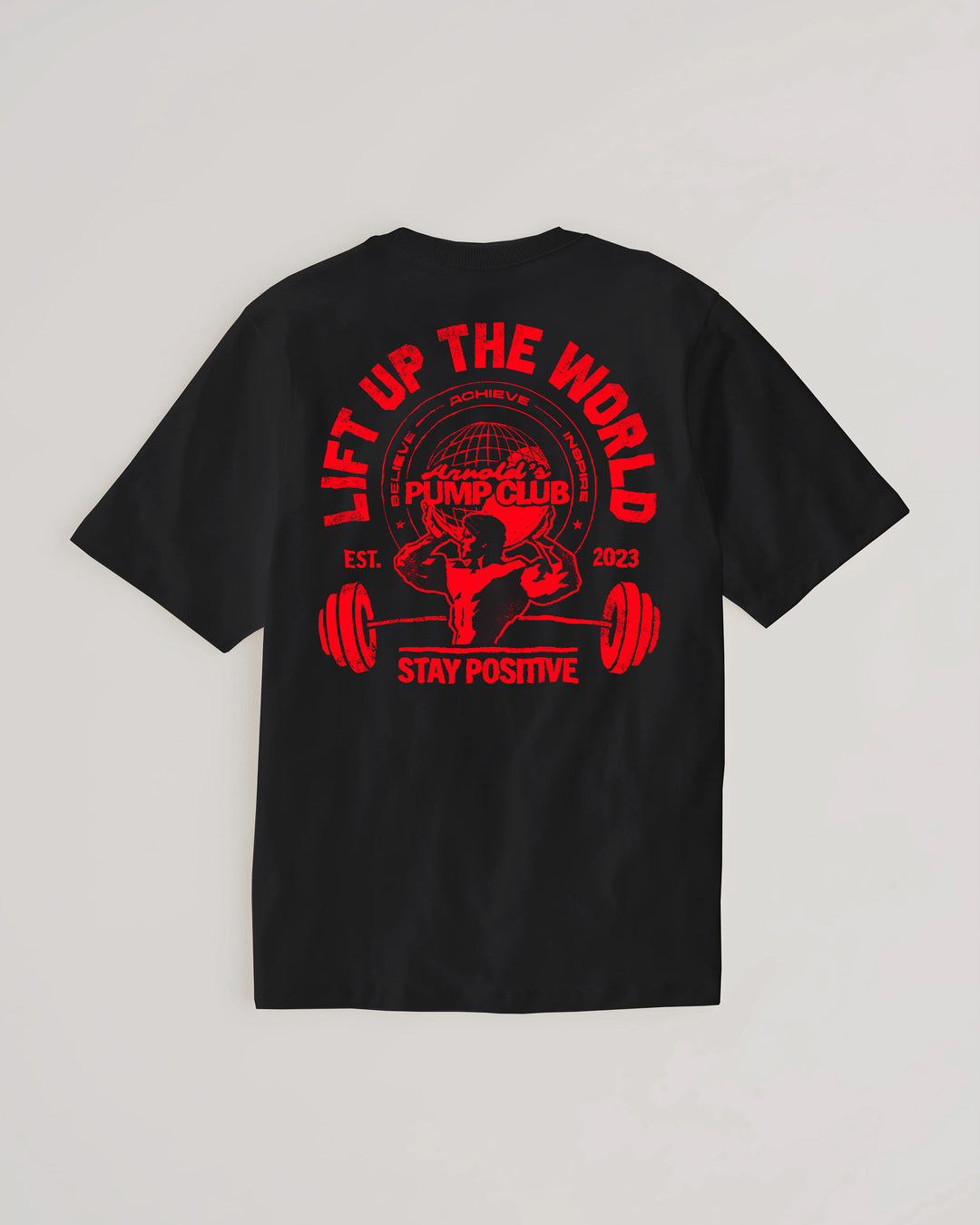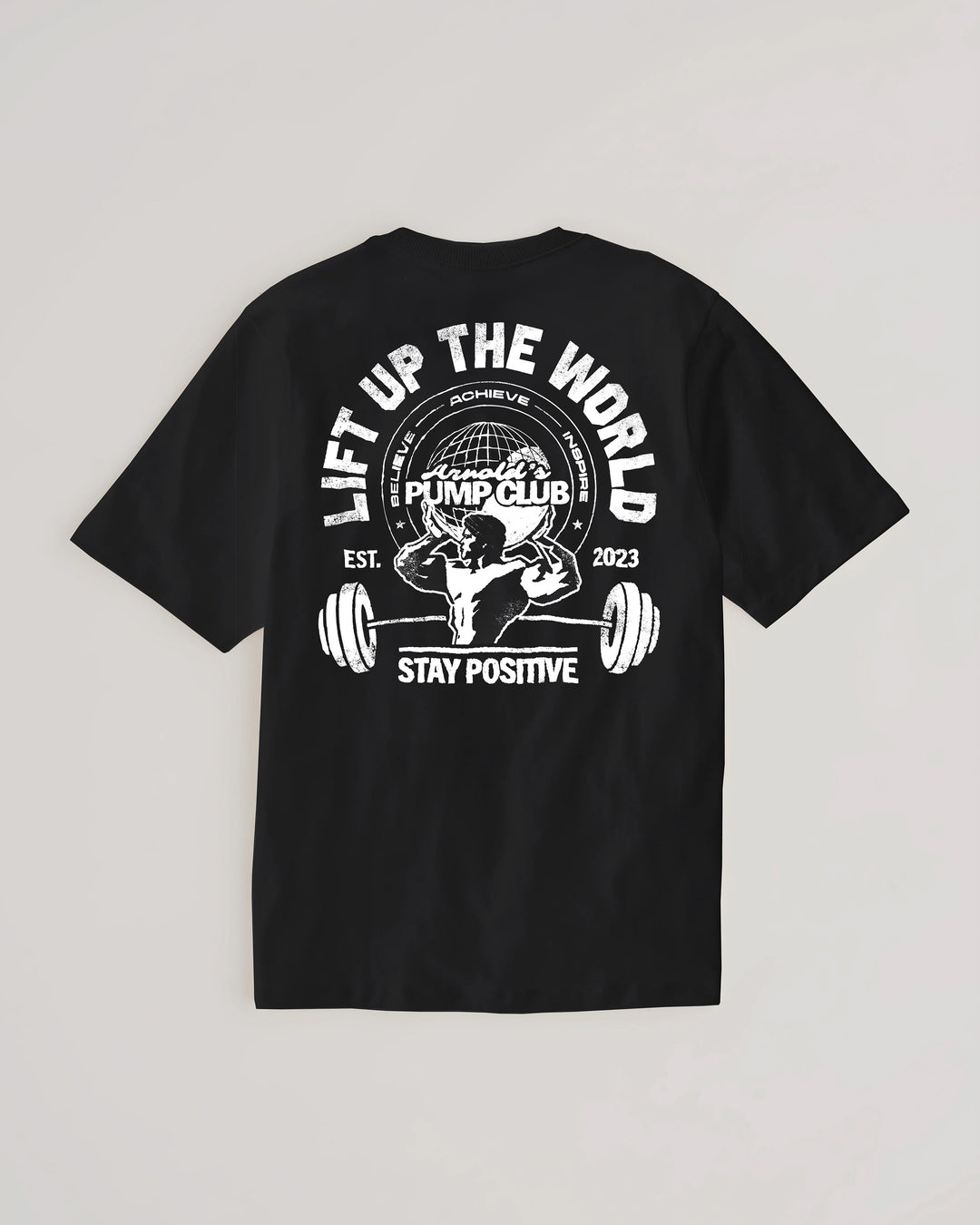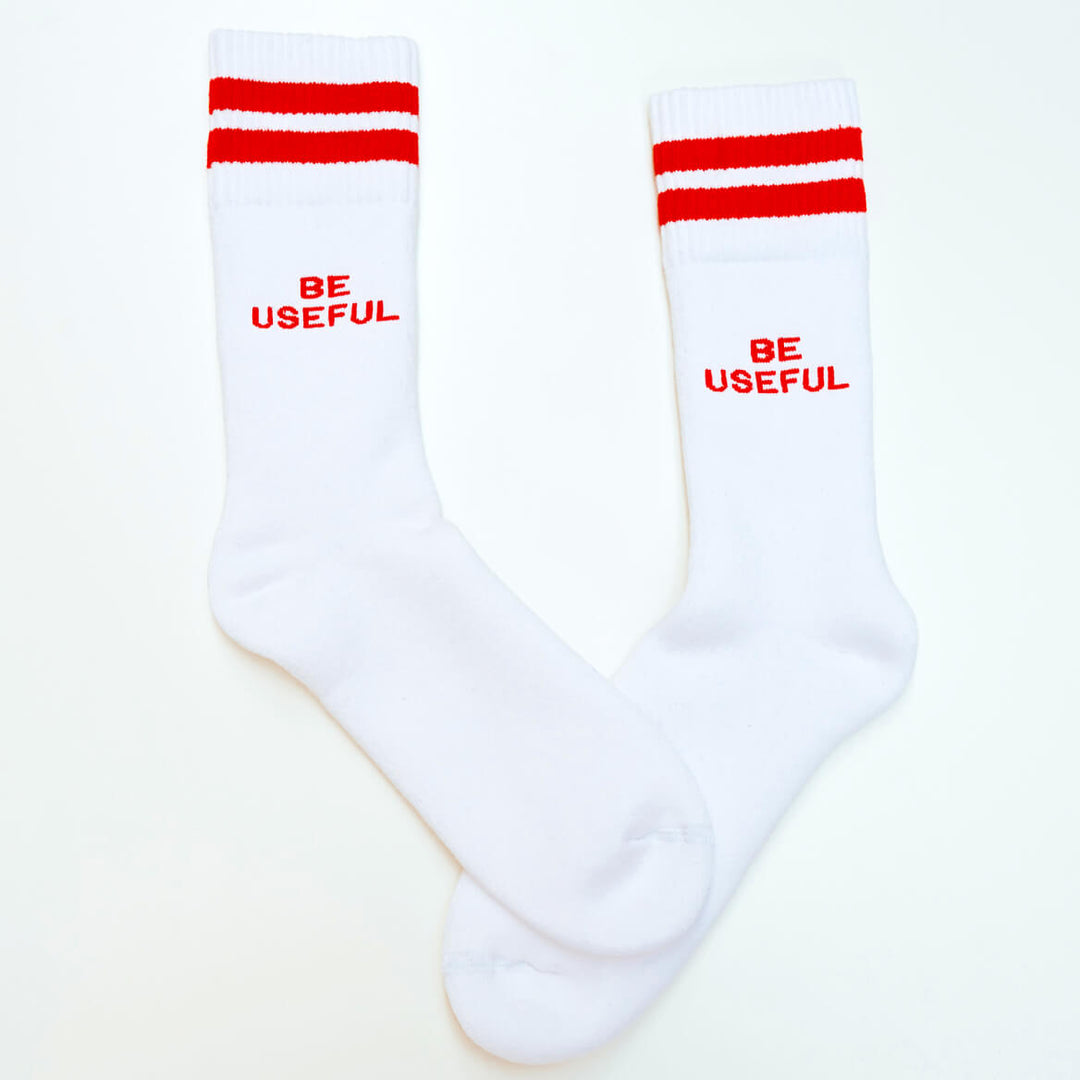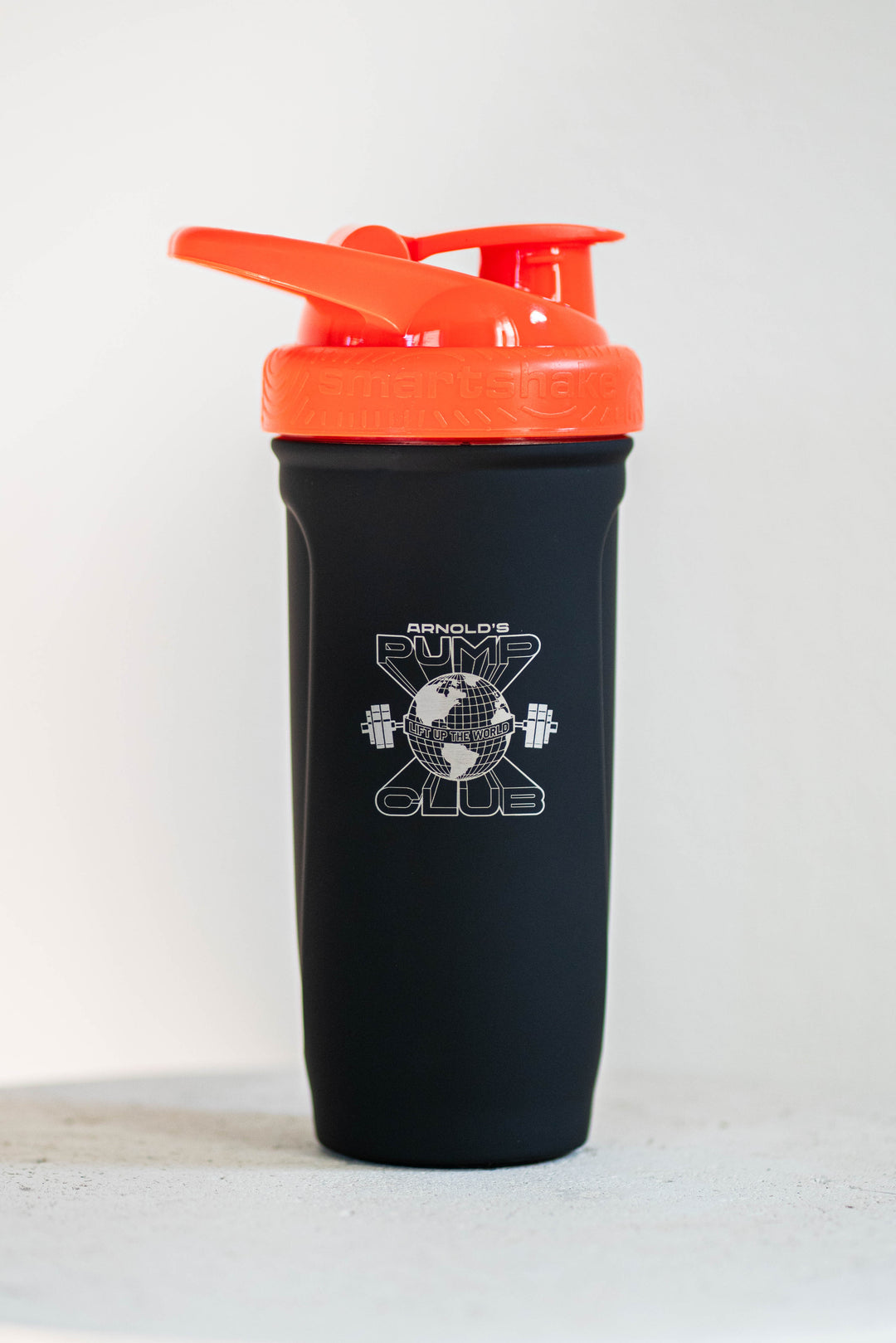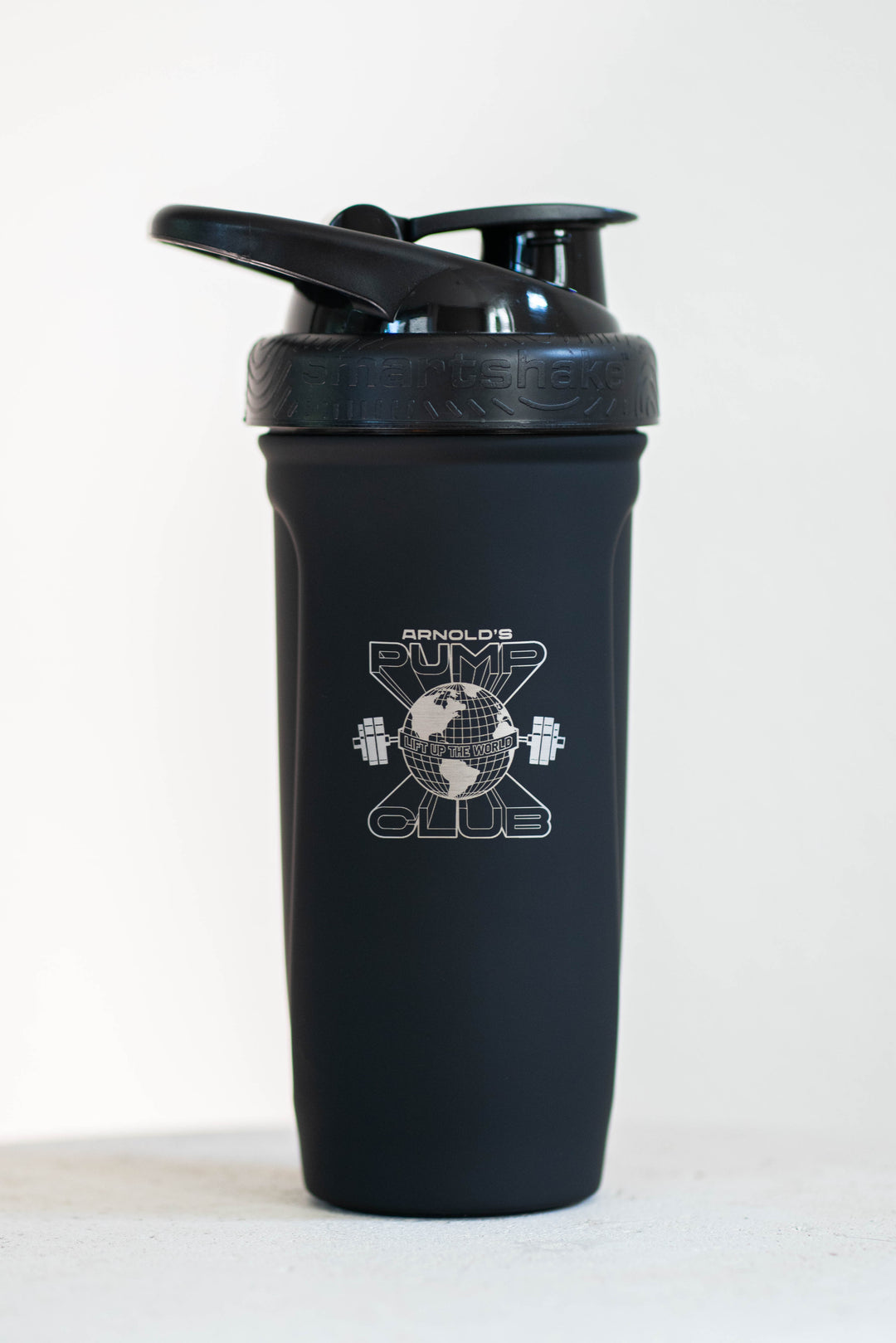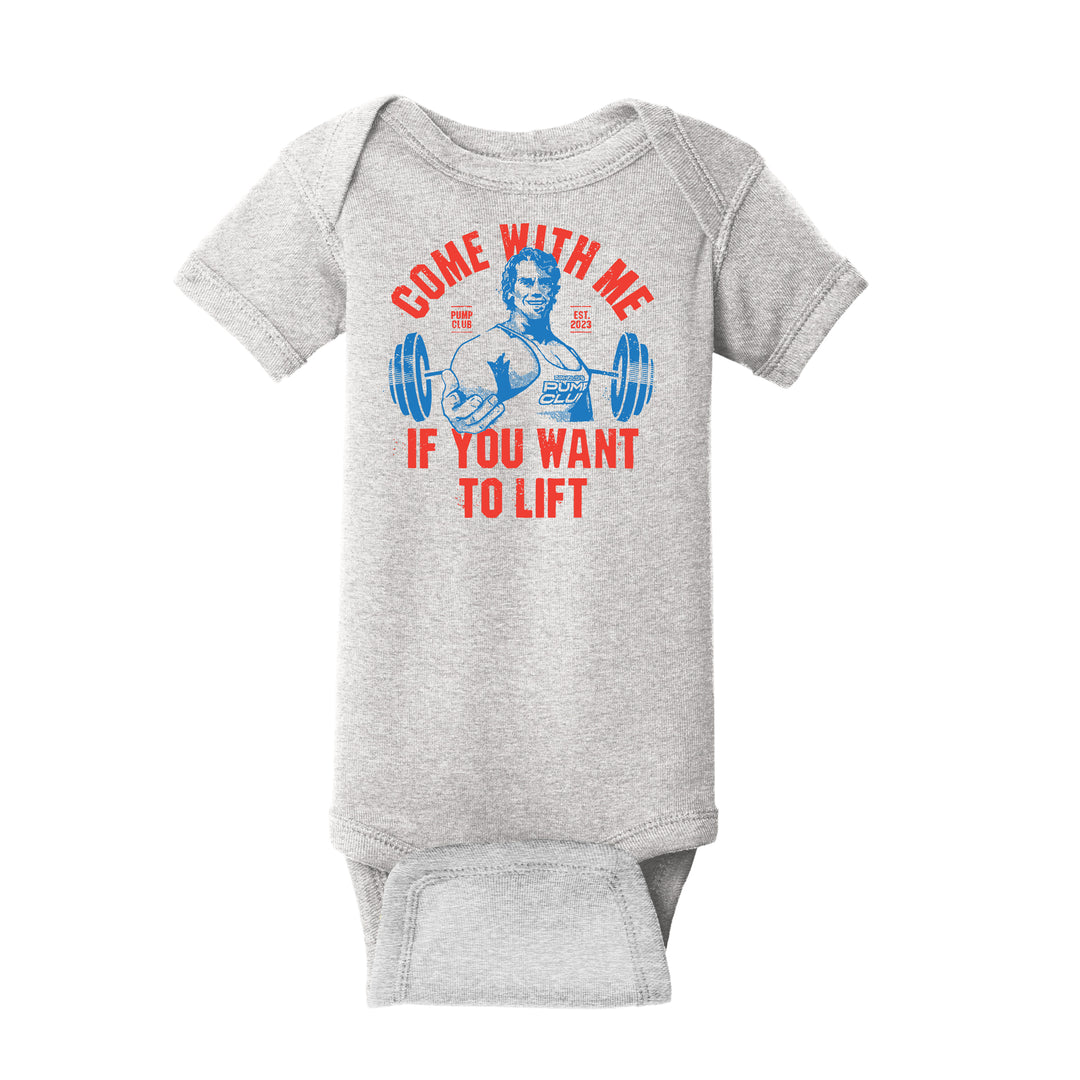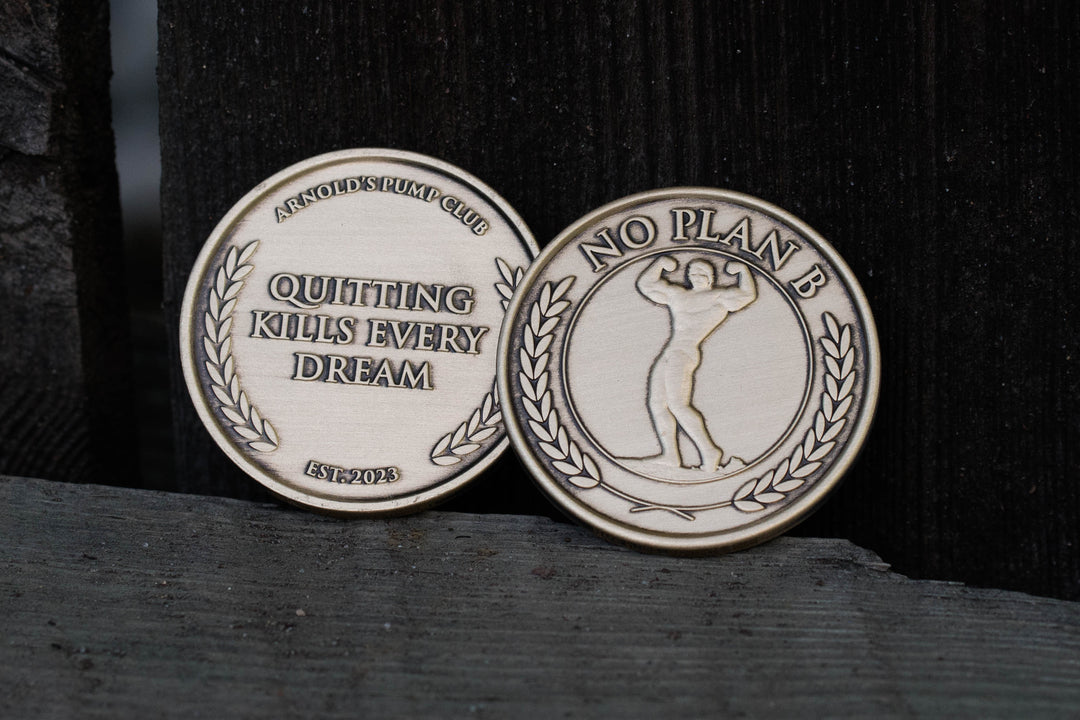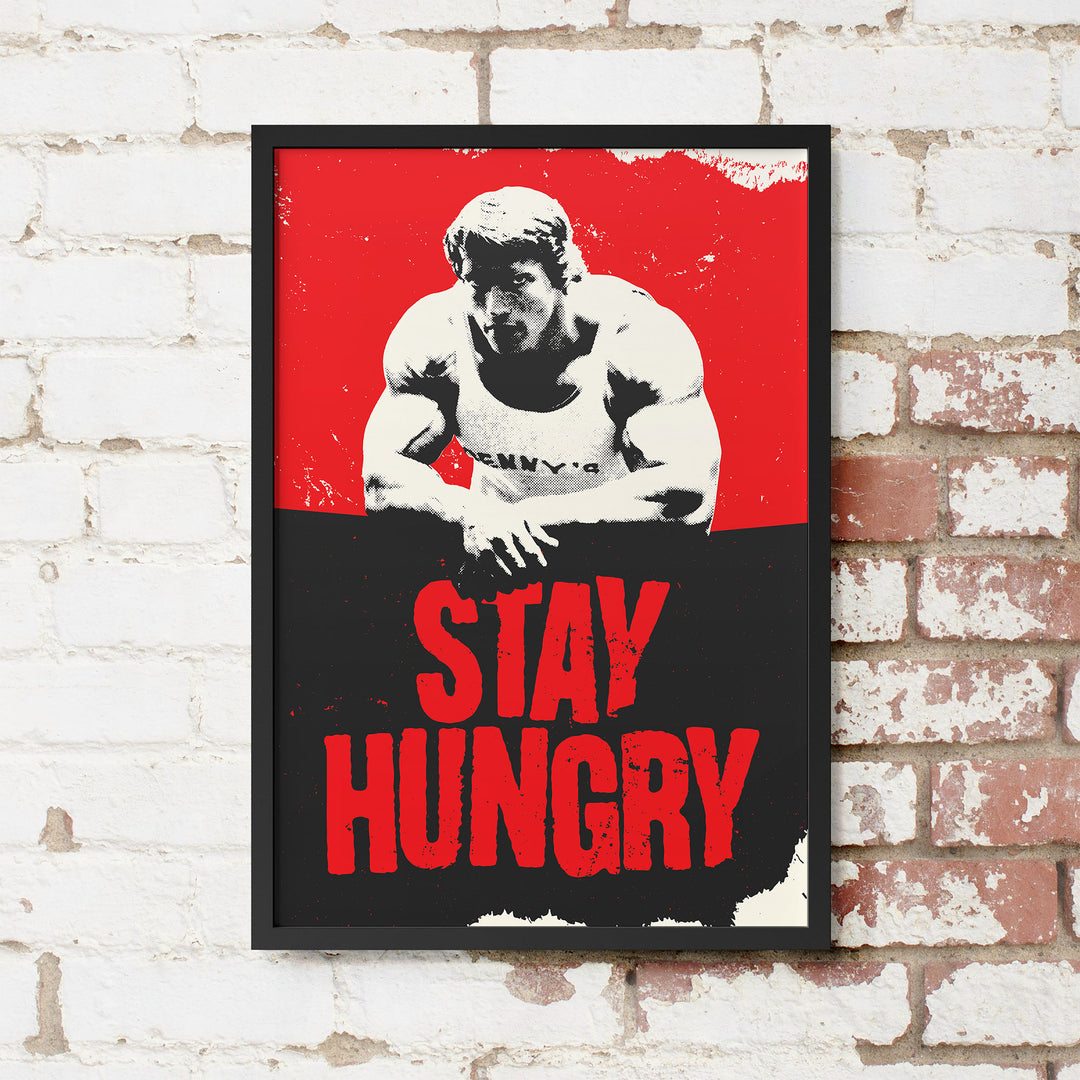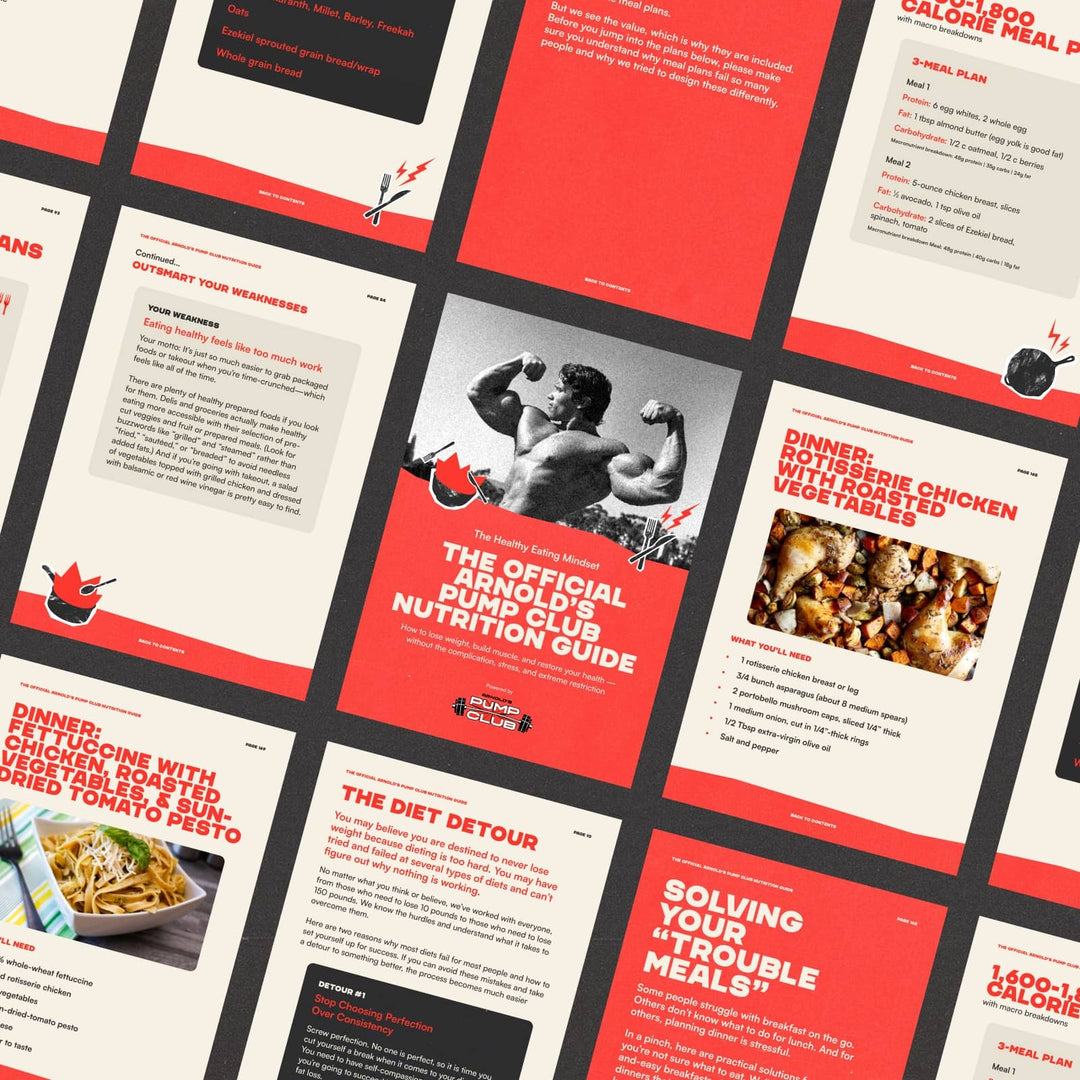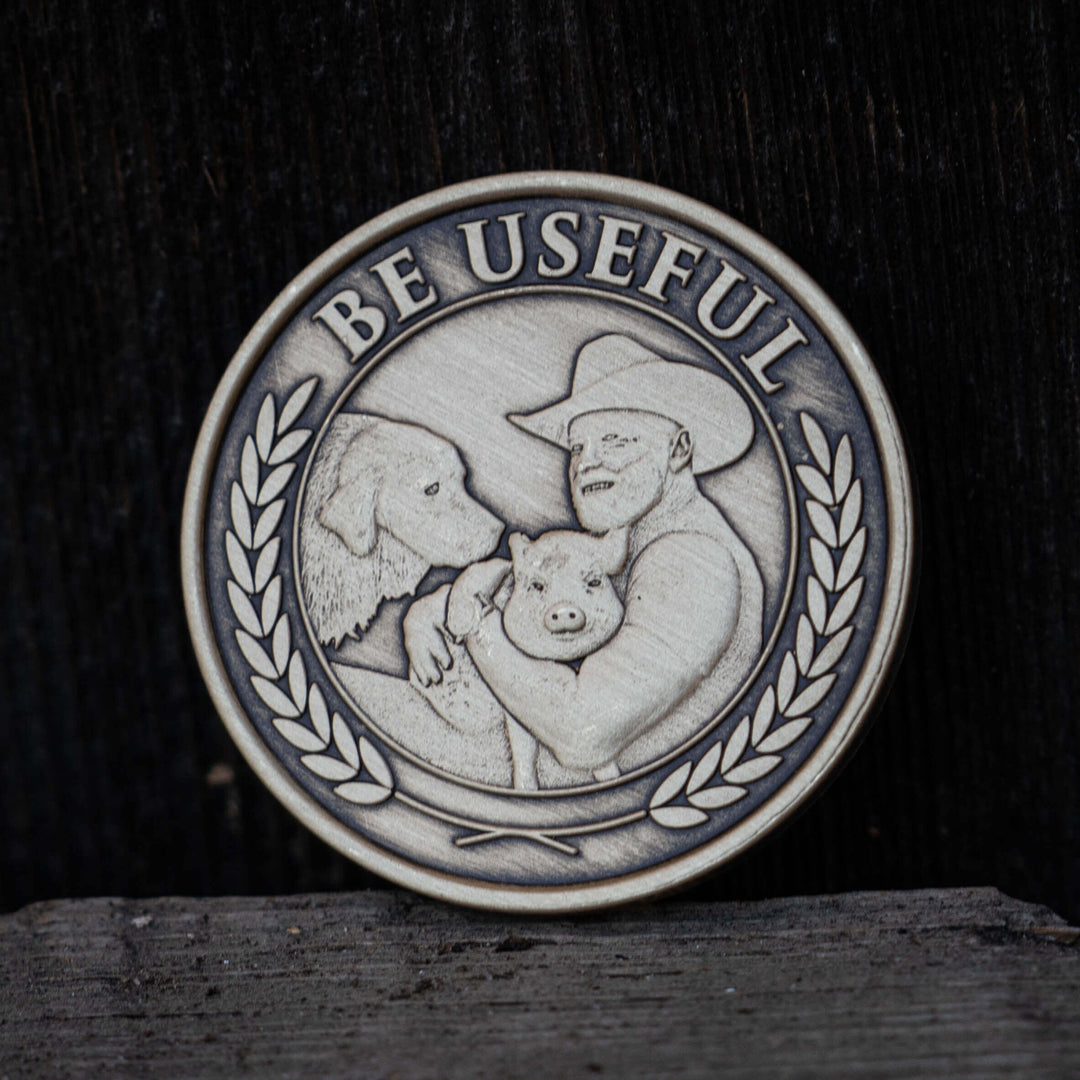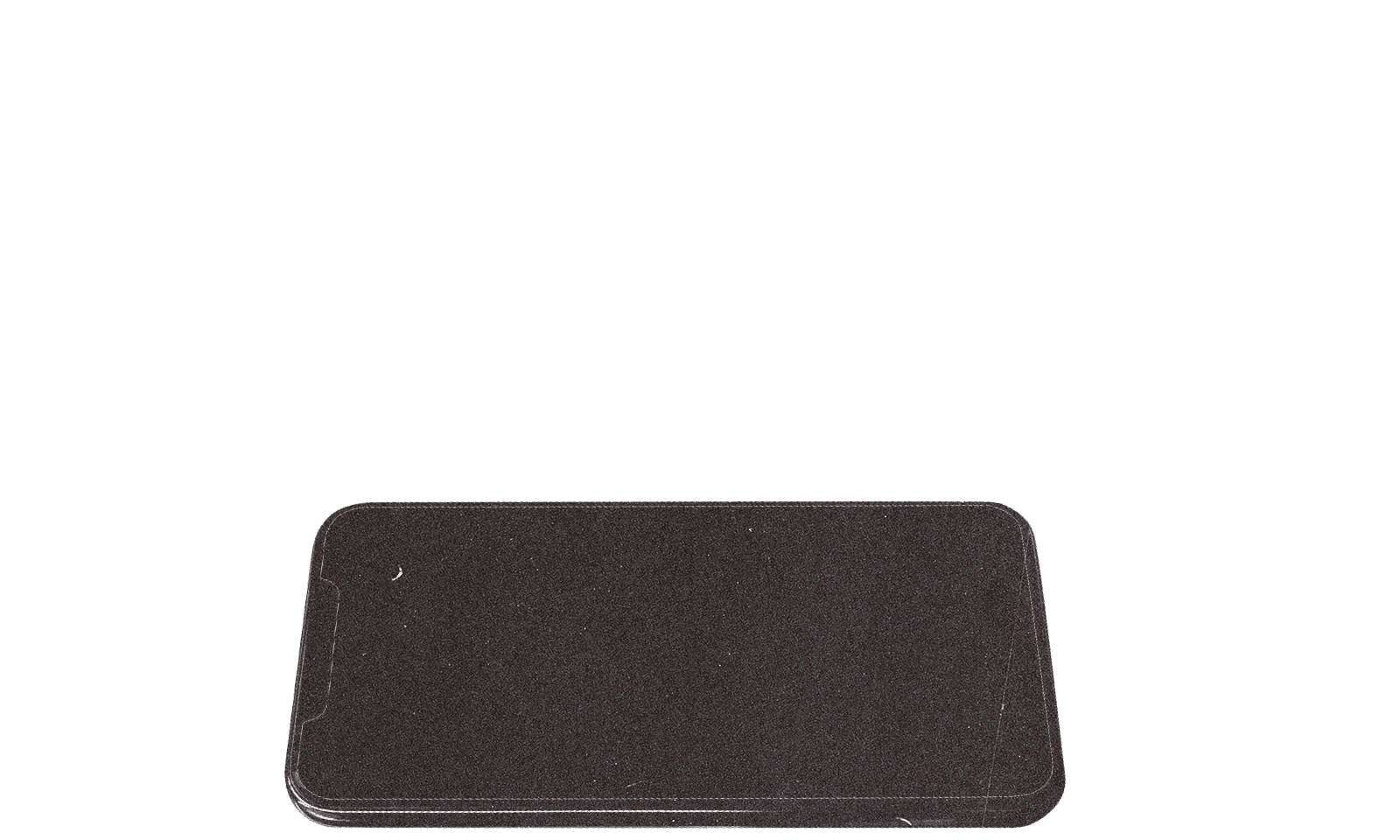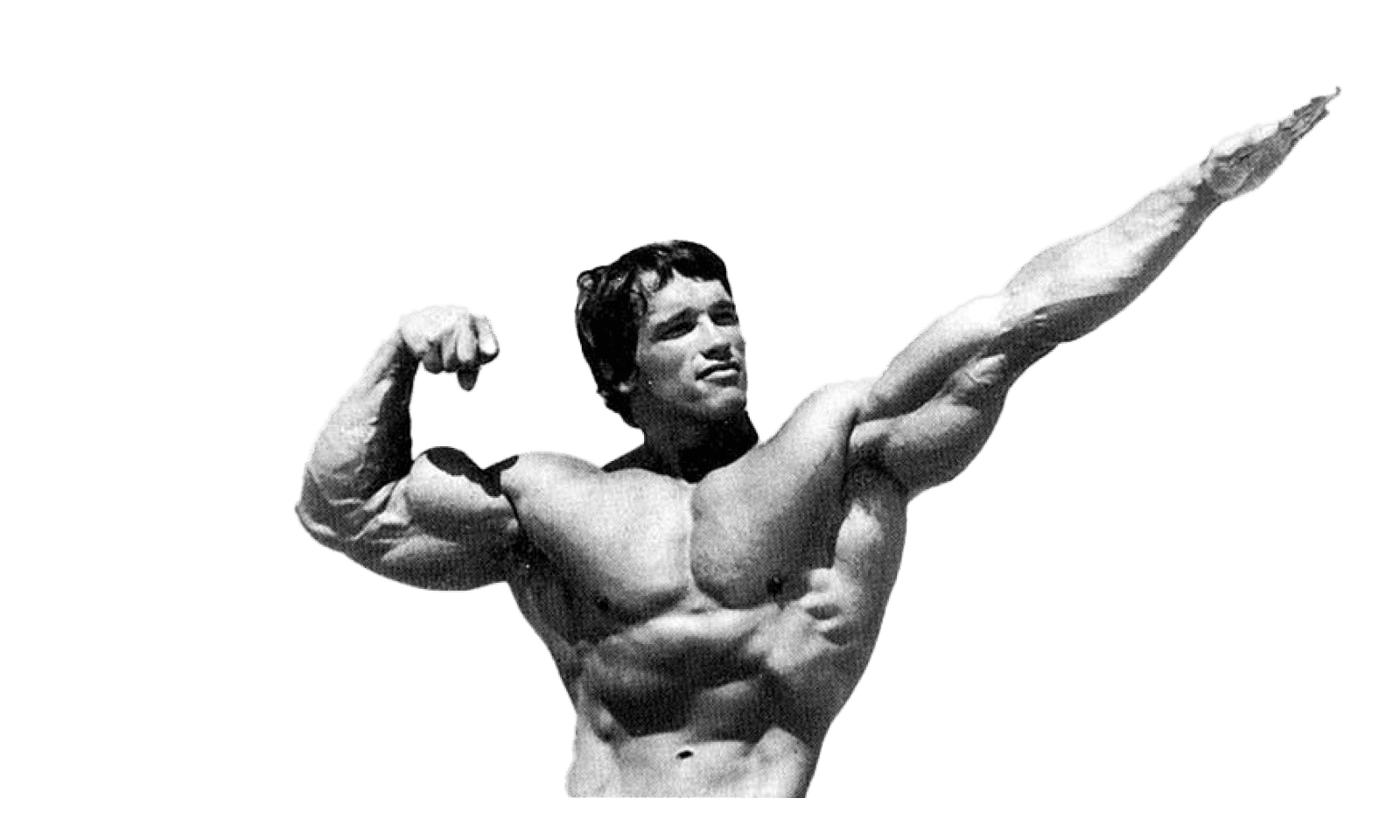Welcome to the positive corner of the internet. Every weekday, we make sense of the confusing world of wellness by analyzing the headlines, simplifying the latest research, and offering quick tips designed to make you healthier in less than 5 minutes. If you were forwarded this message, you can get the free daily email here.
Today’s Health Upgrade
Something better than caffeine?
Better questions, better solutions
The muscle micro-tear myth (and other advice holding you back)
Arnold’s Podcast
Want more stories from Arnold? Every day, Arnold’s Pump Club Podcast opens with a story, perspective, and wisdom from Arnold that you won’t find in the newsletter. And, you’ll hear a recap of the day’s items. You can subscribe on Apple, Spotify, Google, or wherever you listen to podcasts.
On Our Radar
Is Caffeine’s Smarter Cousin The Future of Focus?
A hard workout feels amazing. But later in the day, exhaustion can kick in and your brain can get a little foggy. If that feels familiar, science may have found your new best friend.
A recent study found that paraxanthine — a metabolite of caffeine — outperforms caffeine for cognitive enhancement after exercise.
Scientists examined what happens to your brain after a challenging 10-kilometer run when you take either caffeine, paraxanthine, or a placebo. After completing the run, participants took a series of cognitive tests assessing memory, focus, reaction time, and mental fatigue.
While both caffeine and paraxanthine improved cognition compared to placebo, paraxanthine outperformed caffeine in many ways.
A 200 mg dose of paraxanthine improved attention, memory, and overall cognitive function 21 percent more than caffeine following intense exercise.
When you consume caffeine, your body actually converts most of it into paraxanthine in your liver. This study suggests cutting out the middleman might be the smarter move. Paraxanthine could help reduce anxiety, improve dopamine signaling, and clear from your body more efficiently. Researchers believe this cleaner, more targeted stimulant effect may be why paraxanthine gives your brain a boost without the crash.
That said, research is limited, meaning we’ll keep an eye out for future studies. And it’s worth mentioning, paraxanthine supplements aren't yet as widely available as caffeine products, but it could be the next big thing.
Better Questions, Better Solutions
What’s Your Diet Perspective?
Instead of asking: “What’s the best diet?”
Ask yourself: “What’s a diet change I can realistically stick to for the next year (or longer)?”
We’re often obsessed with finding the “perfect” diet —low-carb, high-protein, vegan — you name it. But that obsession misses the point. The research shows that adherence—your ability to stick with a plan consistently—is what drives long-term success. It’s not about the plan being perfect. It’s about it being doable.
Scientists have studied this extensively, and there isn’t one single diet that’s superior to all others.
Everyone loves to talk about motivation, but that’s all misdirection for behavioral change.
Discipline isn’t the issue. The real win is designing a plan that feels sustainable, allows you to have success, and then makes it possible to build on that success by adding complication when you’re ready for it.
Put another way, before you start another plan, ask yourself: Can I do this on my worst day?
If the answer is no, it’s not the right plan, or you need to build a system that holds you accountable so you don’t fall back into patterns you want to avoid. Start with something simple you can repeat—and build from there.
Adam’s Corner
The Muscle Micro-Tear Myth (And Other Advice Holding You Back)
I used to think I knew the best way to build muscle. I was very wrong.
If you want to build muscle or make sure you’re not following a workout that’s a waste of time, understanding how to train for results will change everything.
The point of resistance training is not hitting your reps; it’s learning to challenge your muscles to the point that they send signals telling them to grow bigger and stronger.
This might sound obvious, but I promise you that by the time you’re done reading this, you might realize why you haven’t seen the results you expect despite a lot of effort in the gym.
Ten years ago, if you asked my about how to train to gain muscle, I probably would’ve said, “There are three primary mechanisms of muscle growth: muscle tension, metabolic stress, and muscle damage.” I know this because the internet is a small world, and I wrote it many times.
As I look back, I realize where I went wrong. When you learn more about anything, you can take things in one of two directions:
Obsess every little detail, sound smart, and make things complicated.
OR
See through the noise, cut out what doesn’t matter, and focus on what does.
I used to overcomplicate what it takes to transform your body. That’s not to say there aren’t many factors that influence muscle growth. But true to the Pareto Principle, 80 percent of your results likely will come from 20 percent of your effort.
And if you want place your eggs in one basket, that basket is mechanical tension.
When you’re a beginner, you don’t need to worry about the details and nuance. Almost any amount of resistance can help you build muscle. Show up consistently, try to get a little stronger each workout, eat protein, carbs, and fat, sleep, repeat. Because your body is not used to the resistance, it will respond and grow.
After that, you can make it more complicated, but you’ll see incredible results if keep it simple. And that starts and ends with understanding the importance of mechanical tension, fatigue, and progressive overload.
It’s Not About Reps — It’s About Chasing Failure (While Managing Fatigue)
You've probably heard it a thousand times in the gym: "You have to tear your muscles to make them grow." It's the fitness equivalent of "no pain, no gain" – but is there any truth to it?
Research is very clear: Micro-tears are not the primary driver of muscle growth, mechanical tension is.
Studies show that mechanical tension – the force your muscles produce while contracting against resistance – is the main stimulus for muscle growth. This tension activates specialized sensors in your muscle cells called mechanoreceptors, which trigger a cascade of biological signals telling your body to build more muscle tissue.
In fact, research from McMaster University found that muscle growth can occur with minimal muscle damage. Their studies demonstrated that even light loads (as low as 30% of your one-rep max) can stimulate significant muscle growth when performed to near-failure, despite causing very little muscle damage.
Studies have found that anywhere as low as 4 to 5 reps per set (using heavier weights) can help you build muscle. So, both heavy and light weights can build muscle, and both high and low reps work too.
But how those two concepts co-exist is where people get lost.
It’s not just about doing five reps at a heavy weight or 30 reps with a light weight.
If you want to build muscle what really counts are the “stimulating reps” that maximize mechanical tension.
That doesn’t mean you have to reach failure or be unable to do a rep. But you should get very close.
And that’s why it’s important to train with a “first set mindset,” where you act like every set is the only set, so you push yourself to the point where you understand what you are capable of doing.
If you’re not chasing the “hard reps” on every set, you have no idea how much muscle-building potential you’re leaving on the table.
So you can go for 4 to 6 reps, 8 to 12 reps, or even 20 reps. But if you’re not using a weight where the rep speed involuntarily starts to slow down during the final few reps, the weight feels increasingly heavy, and you have to dig deep to maintain a full range of motion and finish each rep — then you’re not doing it right.
Two Simple Principles Of Muscle Growth
1. Chase the hard reps (maximize muscular tension)
The hard reps are usually the last three to five reps before failure.
To be clear, all reps in a set count. The non-stimulating reps are necessary to get you to the stimulating reps. But if you never hit those stimulating reps (after you’re no longer a beginner), then you won’t grow much.
The lack of stimulating reps is why so many people go to the gym, do the same workout of three sets of 10 reps for years, and, despite showing up, don’t really change or see a transformation on par with the time and effort invested.
Most people are taught to chase a rep range instead of the rep range that pushes them to the point of challenge and discomfort.
Doing 10 reps is not what makes a muscle grow. Doing 10 reps where the last 3 to 4 reps are challenging is when you stimulate the muscle to trigger growth.
Without the stimulating reps, there isn’t enough mechanical tension to trigger your “motor units” to activate, which is the first domino that sets off the process of muscle growth.
Put another way: imagine you did a light weight set of 20 reps. It was 20 reps, so it was tiring, and your heart rate increased, but the final reps were not a struggle. You could’ve done 30 reps if you were really pushing it, but you stopped at 20 because that’s what the workout said.
You then repeat those 20 reps for five sets. On paper, you did 100 reps. Great work!
The next day, everything is sore. you think you crushed it. On paper, you caused metabolic stress and muscle damage (that’s why you’re so sore). But it didn’t cause much mechanical tension because you weren’t seeking those hard reps despite being challenging.
Remember, you need to achieve the reps where the rep speed involuntarily slows down, and you have to push yourself to finish the rep while maintaining good form. That’s mechanical tension.
In that scenario 20-rep scenario above, you achieved high metabolic stress and muscle damage, but you don’t see muscle growth.
And that’s not even the worst of it.
2. Manage and limit fatigue (reduce muscle damage)
When you’re chasing soreness instead of tension, you accumulate more muscle damage. That means your recovery is longer and your next workout might not be as strong, and could harder to progress.
The more fatigue builds during a workout (or over a week of workouts), the less you can recruit motor units, meaning the harder it is to build muscle.
Being brutally sore after every workout doesn't mean you're making better gains.
I’ll take muscle tension over muscle damage every day of the week. I might not be as sore the next day, but I view that as a good thing.
Also, while you can build muscle at 10 to 20 reps or 20 to 30 reps, estimating the weight you need to come close to failure is much harder with high reps. So, it’s easier to maximize tension with heavier weights and lower reps.
When I became a dad, I was forced to change my workouts. I went from long 60 to 90-minute sessions to mostly 20 to 30-minute sessions. It’s not ideal, but it’s what I have.
With this style of workout, I was much less sore. I recovered more.
But I also got stronger on everything. Even though I trained more often, I trained with more intensity but not to the point of exhaustion simply because I didn’t have the time.
That was the lesson: a workout can be hard and grueling without chasing fatigue. Because soreness isn’t the sweet spot — the progress is.
And that’s it.
To be fair, a great exercise program definitely matters. Most people don’t consider sequencing, rest periods, or exercise selection. It’s why we created the Pump — so you don’t have to think at all when it comes to fitness, nutrition, and even your off days. It’s normal for people to add hundreds of pounds to their lifts or drop 100 pounds on the scale.
A great program will help you unlock your full potential. But a great workout mindset can make any workout more effective and change your body.
Consider this a warning: if you follow these principles, your workouts and body will change.
Focus on the highest intensity possible, chasing the hard reps.
Stop seeking fatigue; make progress your priority.
Focus on getting better every week. You should either add weight, reps, sets — something. A great program makes this easy.
Prioritize a full range of motion; a deep stretch and a full flex.
Don’t be married to any movement. Do want allows me to push hard without pain.
Remember, intensity over duration.
Doing more doesn’t mean more results. And some point, you’re just accumulating muscle damage, not growth.
Aim for 10 to 20 sets per body part per week.
And most importantly, consistency over everything else.
Add it all up, and you might be surprised how much your “genetic limitation” become a thing of the past, and you start to add muscle and strength like never before. -AB
—
Publisher: Arnold Schwarzenegger
Editors-in-chief: Adam Bornstein and Daniel Ketchell


